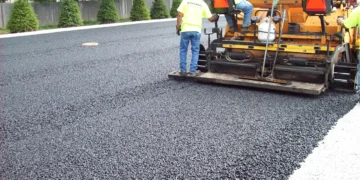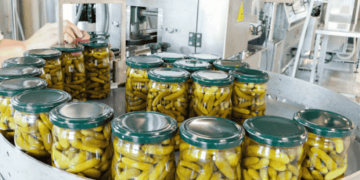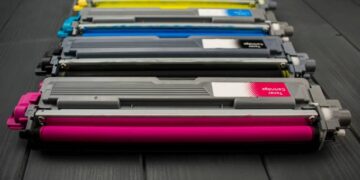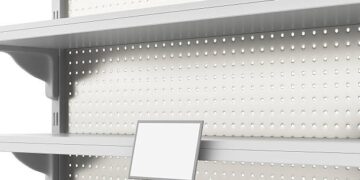DTF printing, or direct-to-film printing, is everywhere in 2024, and if you’re thinking about jumping into it—whether for a small business or a hobby—this guide has you covered. It’s a simple, affordable way to print designs on all kinds of fabrics, and it’s growing fast. But before you start, you need the full picture: how it works, what you’ll need, the costs, pros and cons, and tips to make it work for you. Let’s break it down step by step so you know exactly what you’re getting into.
What Is DTF Printing?
DTF printing is a process where you print a design onto a special film, add a powdery adhesive, and then heat-press it onto fabric. It’s pretty straightforward. You create your design on a computer, send it to a DTF printer, and it prints onto a thin plastic-like sheet. After that, you shake some powder over the wet ink, heat it to set it, and press it onto your material—like a T-shirt or hoodie. Peel off the film, and the design stays on the fabric. The whole thing takes about 5-10 minutes per item. It’s different from older methods like screen printing because there’s no messy setup or multiple steps—just print and go.
What Equipment Do You Need?
To get started, you’ll need a few things. First, a DTF printer. Brands like DTFLINKO offer models starting at $1,650 for beginners and going up to $7,700 for bigger setups. Next, you need a heat press—something basic costs around $200-$500. You’ll also need a computer with design software, like Adobe Illustrator or free options like Canva. Then there’s the supplies: DTF film (about $50 for 100 sheets), special DTF ink ($100-$200 per liter), and adhesive powder ($20-$40 per kilo). Optional extras include a powder shaker or curing oven to speed things up, but you can start small without them. Total startup cost? Around $2,000-$3,000 for a basic kit, depending on what you pick.
How Much Does It Cost to Run?
Running a DTF setup isn’t free, but it’s manageable. Printing one 12×12-inch design uses about $2-$3 in materials—ink, film, and powder. Electricity for the printer and heat press might add another $0.50 per hour of use. If you sell a T-shirt for $20, you’re making $15-$17 profit per shirt after costs. A 2024 industry report says small DTF users can recover their initial investment after selling 500-700 items. Maintenance is light—clean the print heads every week or so, which takes 10 minutes—but ink refills and film restocks add up over time. Still, it’s cheaper than direct-to-garment (DTG) printing, where machines start at $10,000 and need pricey pre-treatments.
The Benefits of DTF Printing
Why pick DTF? For one, it’s versatile. It works on cotton, polyester, denim, silk—even dark fabrics—without extra steps. DTG struggles with non-cotton stuff, and sublimation only works on polyester. DTF also gives you bright, sharp prints that last. Tests show designs hold up after 50 washes, beating out heat transfer vinyl, which peels faster. It’s fast too—no minimum orders like screen printing, so you can do one-offs or big batches. Plus, it’s affordable. A DTF printer gives you pro-level results without a huge upfront cost. For small businesses or beginners, that mix of quality, speed, and price is hard to beat.
The Downsides to Watch Out For
It’s not all perfect, though. DTF printing has some quirks. The film and powder process can get messy if you’re not careful—think powder on your floor or sticky hands. The prints feel slightly plasticky compared to DTG, which sinks into the fabric more. Maintenance is another thing—print heads clog if you don’t use the machine regularly, so you’ll need to run it weekly or flush it with cleaning fluid ($20 a bottle). And while it’s eco-friendlier than screen printing (less water and chemicals), the film waste adds up. A 2023 survey of DTF users found 30% grumbled about upkeep, but most said the benefits still made it worth it.
Comparing DTF to Other Methods
Not sure if DTF is right for you? Let’s compare. Screen printing is cheap for big runs—$1 per shirt if you do 100—but setup costs ($50-$100 per design) kill it for small jobs. DTG offers awesome quality on cotton, but the $10,000+ startup cost and fabric limits are rough. Sublimation is low-cost for polyester (under $2 per print), but it’s useless on cotton or dark colors. DTF sits in the middle: affordable machines, low per-print costs, and it works on everything. Want more details? Click here for a full breakdown of DTF versus sublimation. For most starters, DTF’s flexibility wins.
Steps to Get Started
Ready to try it? Here’s how. First, pick your equipment—start with a basic LINKO DTF printer if you’re on a budget. Set up a workspace with good ventilation—powder can float around. Install your software and test a simple design, like a logo, on cheap fabric to practice. Load the film, print, add powder, heat it (around 320°F for 10-15 seconds), and press it onto your item (same temp, 10 seconds). Check the result. If it sticks and looks good, you’re set. Watch a few YouTube tutorials—most take 10-20 minutes—and you’ll get the hang of it in a day or two. Start with small orders to build confidence.
Tips for Success
A few pointers to save you headaches: Keep your printer clean—wipe it down weekly to avoid clogs. Store ink and powder in a cool, dry spot, or they’ll clump up. Test new fabrics before big jobs—some synthetics need tweaking with press time. Price your work right—$15-$25 per shirt is standard, but check your local market. And don’t skip safety—wear a mask when handling powder, just in case. Small tweaks like these keep things running smoothly and your customers happy.
Who Should Use DTF Printing?
DTF is perfect for small business owners, hobbyists, or anyone wanting custom apparel without a huge investment. If you’re selling T-shirts online, doing local events, or taking one-off orders, it fits. It’s also great for growing—start small, then scale up with bigger machines as demand rises. A 2024 report found 60% of new print shops chose DTF as their first method because it’s easy and affordable. Big factories might lean toward screen printing for massive runs, but for startups or solo gigs, DTF checks all the boxes.
Final Thoughts
DTF printing is a solid option if you’re looking to start printing without a ton of cash or experience. It’s got a low entry cost, works on almost any fabric, and delivers quality that lasts. Sure, there’s a learning curve and some upkeep, but the payoff—flexibility, profit, and happy customers—is worth it. If it fits your goals, DTF could be your ticket to getting started in 2024. Got questions? Plenty of online forums and videos can help you out.







































